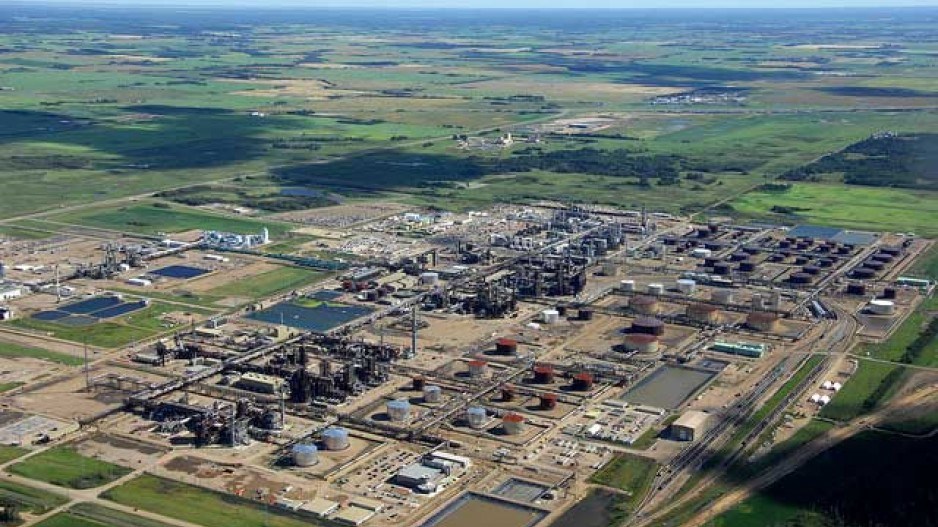Alberta oil’s dirty image – the one that may have helped kill the Keystone XL pipeline – got a little cleaner this week with the official commissioning of a $1.35 billion carbon capture and storage (CCS) project that is helping Western Canada play a leading role in large-scale CCS deployment.
Earlier this week, Shell Canada officially marked the commissioning of the Quest CCS project, which will remove one third of the CO2 from Shell’s Scotford heavy oil upgrader in Fort Saskatchewan.
It is the first CCS project for the Alberta oil sands, with more expected to follow, now that Shell has created a CCS hub, said Richard Adamson, president of the CMC Research Institutes.
The CO2 removed in the upgrading process will be piped through 65-kilometre pipeline and injected two kilometers underground. Adamson said it’s possible other oil sands CCS projects could eventually tie into that pipeline and sequestration hub that’s been developed.
The project was developed as a private-public venture, with the governments of Alberta and Canada providing $754 million and $120 million respectively in funding.
The private investors in the Quest project are Shell Canada (60%), Chevron Canada Limited (20%) and Marathon Oil Canada Corp. (20%).
Government funding of the project has led to criticisms that the Canadian and Alberta governments are continuing to subsidize the oil industry. Adamson defends the investments as necessary if Canadian companies are to survive in a world that is moving towards decarbonization.
“To me, what they’re doing is they are laying the groundwork to understand whether or not – and how – these industries might operate in a low-carbon future,” he said.
A Shell subsidiary, Cansolv, also developed the technology for Western Canada’s other large-scale CCS project – the $850 million carbon capture plant completed last year for the Boundary Dam thermal coal power station in Saskatchewan.
Those two projects have helped Western Canada take a leading role the implementation of CCS on a large scale.
“Canada’s punching way above our weight in this area, certainly in terms of projects built,” Adamson said.
The Quest CCS project will remove 1 million tonnes of CO2 per year. The Boundary Dam CCS project captures roughly the same amount, although most of the CO2 captured there is used in enhanced oil recovery, with the rest being sequestered in 3.4-kilometre deep saline aquifer.
Carbon capture and storage is considered a climate change stop-gap measure until cleaner fuels and other energy sources can replace fossil fuels.
As part of the funding provided by the Alberta and Canadian governments, Shell will publicly share information about the Quest project, in an effort to foster wider adoption of CCS technology.
Meanwhile, in B.C., technology and engineering firms like BC Research and the Carbon Capture and Conversion Institute – which is being set up in B.C. – are focusing on developing technologies that would use captured CO2 as a chemical precursor for alternative fuels and fertilizers.




